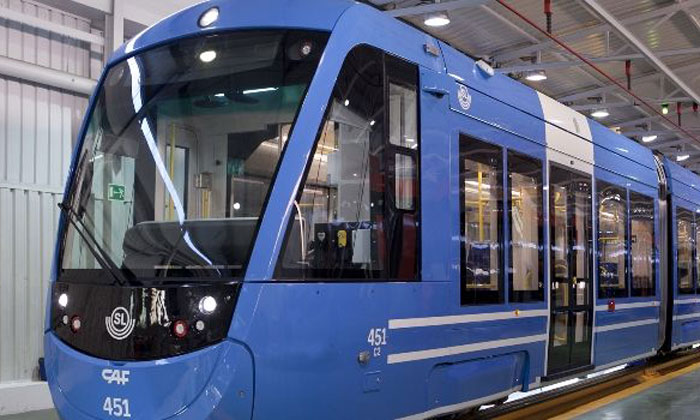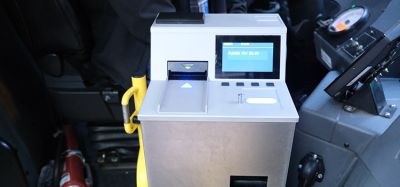CAF signs new contract for additional trams for Stockholm
- Like
- Digg
- Del
- Tumblr
- VKontakte
- Buffer
- Love This
- Odnoklassniki
- Meneame
- Blogger
- Amazon
- Yahoo Mail
- Gmail
- AOL
- Newsvine
- HackerNews
- Evernote
- MySpace
- Mail.ru
- Viadeo
- Line
- Comments
- Yummly
- SMS
- Viber
- Telegram
- Subscribe
- Skype
- Facebook Messenger
- Kakao
- LiveJournal
- Yammer
- Edgar
- Fintel
- Mix
- Instapaper
- Copy Link
Posted: 2 November 2017 | Intelligent Transport | No comments yet
SL AB (Storstockholms Lokaltrafik) has agreed a contract with CAF for the supply of an additional 12 trams for its transport network.


Accordingly, the total number of units produced by CAF over the past few years for Stockholm will now amount to 42 trams. The current operation amounts to approximately €37M, and the units are scheduled for delivery in late 2019.
In 2010, CAF signed the first contract with the Swedish transit operator for the production of 15 Units. This contract included an option to purchase up to 121 additional trams, as part of a programme to develop the sustainable transit model being developed by the city. Subsequently, this contract was extended on two occasions: firstly for the supply of a further seven trams which are already providing revenue service together with the first 15, and then a second, more recent extension, in the first half of 2017, with a new extension of eight units which are currently under production.
The new contract signed this week, consists of the supply of 12 trams. Two trams are made of four modules and will run on the Lidingöbanan line to increase service frequency. The remaining 10 units will comprise of three modules and will increase the Tvärbana line capacity. The extension of this line is scheduled to be in operation in 2021. Accordingly, this contract will provide various solutions to meet the requirements and demands of the various zones of the Scandinavian city’s passenger transit network.
These trams belong to the URBOS platform, which guarantees high reliability and is designed based on state-of-the-art environmental standards. The trams will be bi-directional low floor units for optimum accessibility, with a top speed of 90km/h. They will also be fitted with cutting edge comfort and safety equipment. Specifically adapted to withstand extreme weather conditions in this Nordic country, the units are designed to endure extremely low temperatures (as low as -40ºC).
Related topics
Fleet Management & Maintenance, Public Transport
Related modes
Light Rail, Trams
Related cities
Sweden
Related organisations
AB Storstockholms Lokaltrafik (SL), CAF








